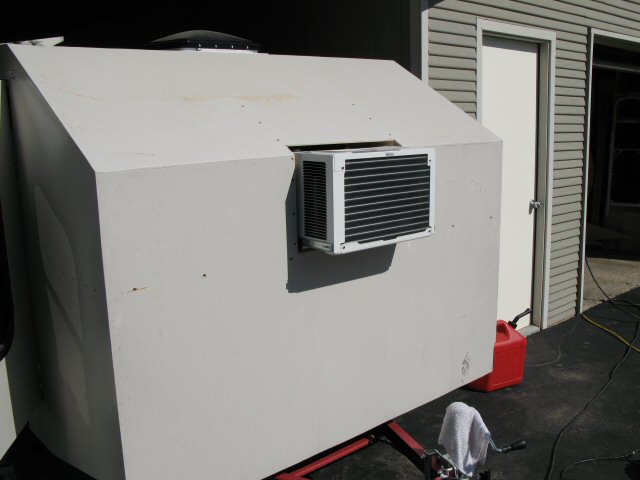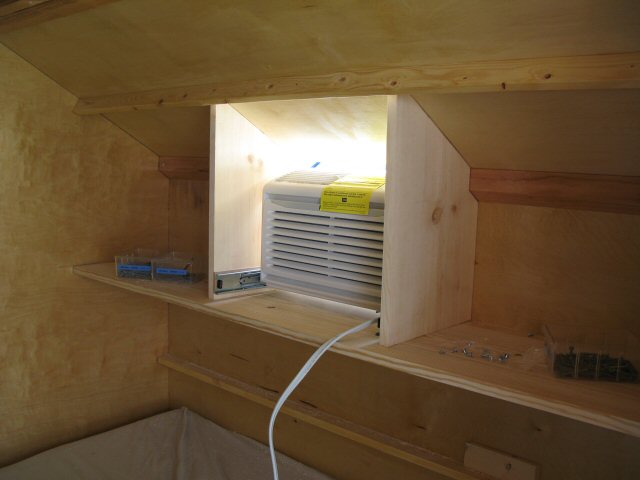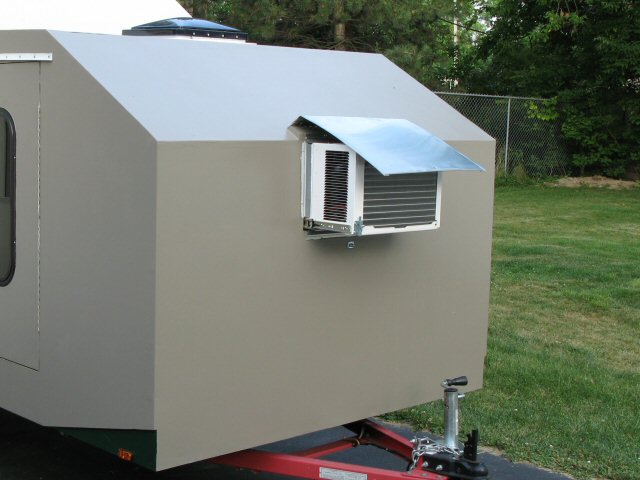need Advice On Installing A/C In Teardrop
Hey Guys,
My build is progressing nicely and I just decided to put A/C in my Teardrop. I bought a Haier 5200 BTU Window A/C from Walmart a few days ago for $104 on sale. I have decided to put the a/c on the front of my tear right where my head will lay in the Teardrop.

Above is an image of the exact unit I just purchased.
Can you guys tell me what if any special construction techniques I need to do to install the A/C. The dimensions on the A/C are 12.0 L x 17.28 W x 11.15 H and the weight is 45 pounds. When I begin framing my spars, do I simply frame out an area the same size as the A/C?? Any help on this is much appreciated. I have no clue what to do.
My build is progressing nicely and I just decided to put A/C in my Teardrop. I bought a Haier 5200 BTU Window A/C from Walmart a few days ago for $104 on sale. I have decided to put the a/c on the front of my tear right where my head will lay in the Teardrop.
Above is an image of the exact unit I just purchased.
Can you guys tell me what if any special construction techniques I need to do to install the A/C. The dimensions on the A/C are 12.0 L x 17.28 W x 11.15 H and the weight is 45 pounds. When I begin framing my spars, do I simply frame out an area the same size as the A/C?? Any help on this is much appreciated. I have no clue what to do.





 ... mind if I borrow that ??? That'll work perfect on the Airliner...
... mind if I borrow that ??? That'll work perfect on the Airliner...